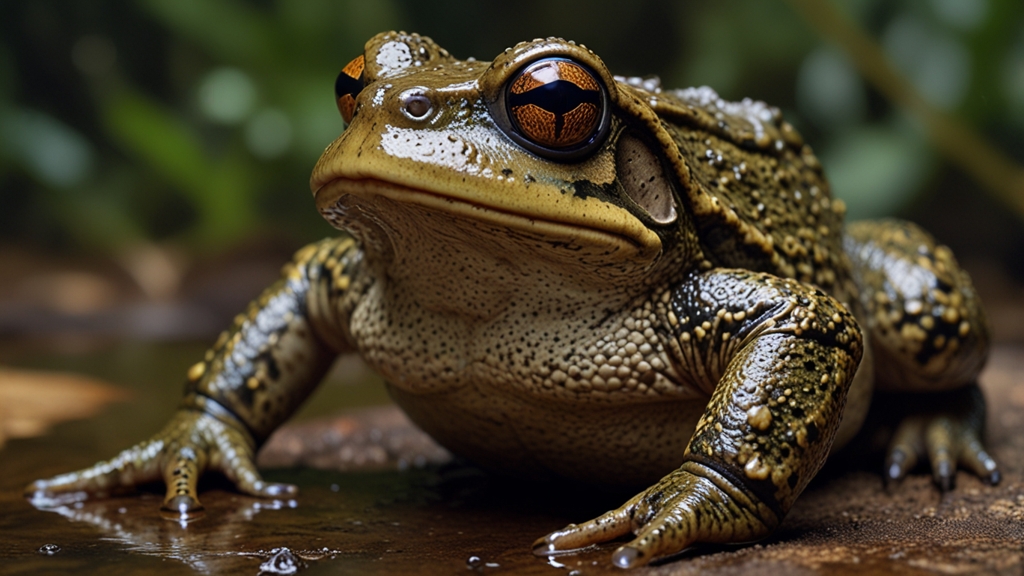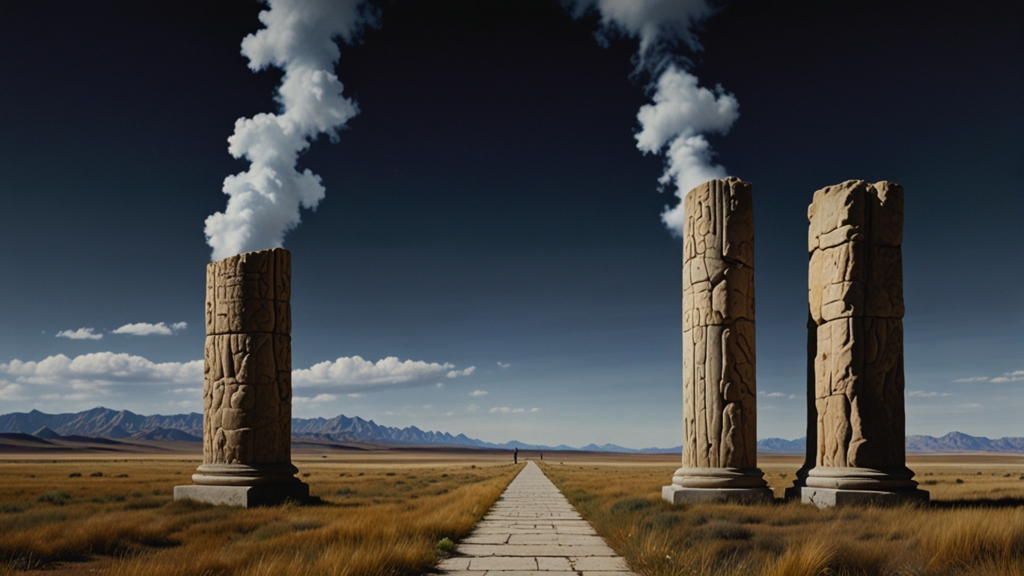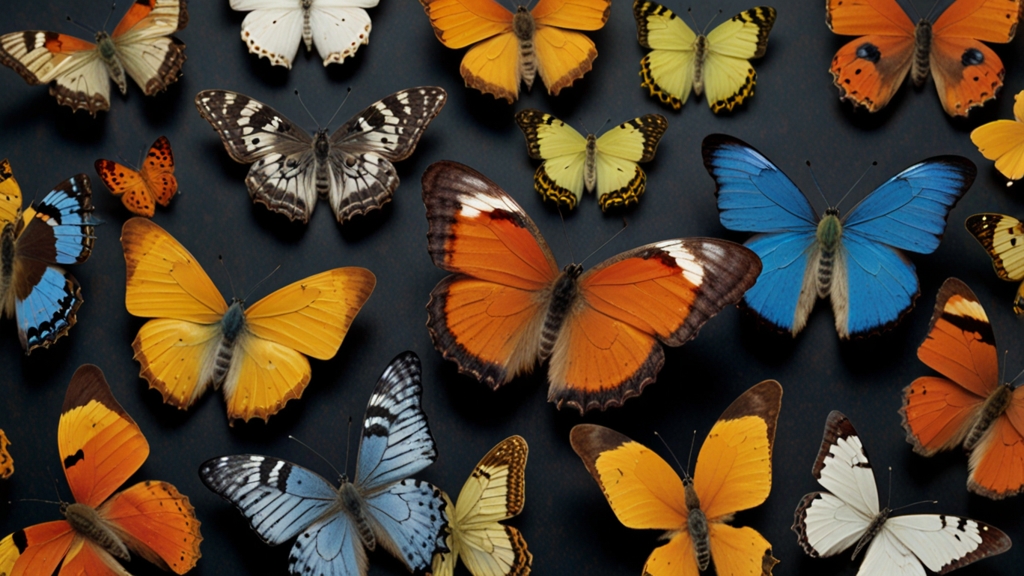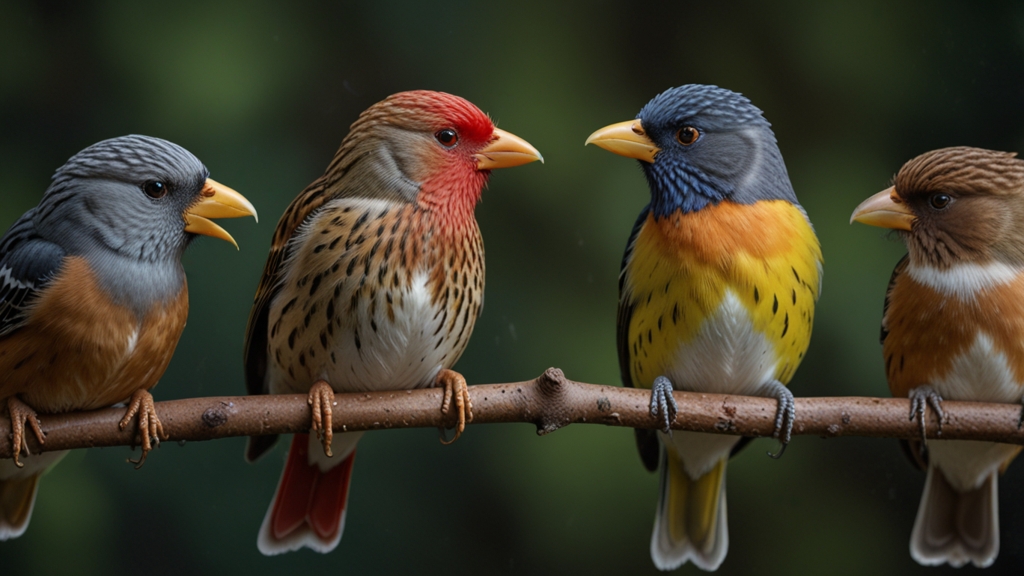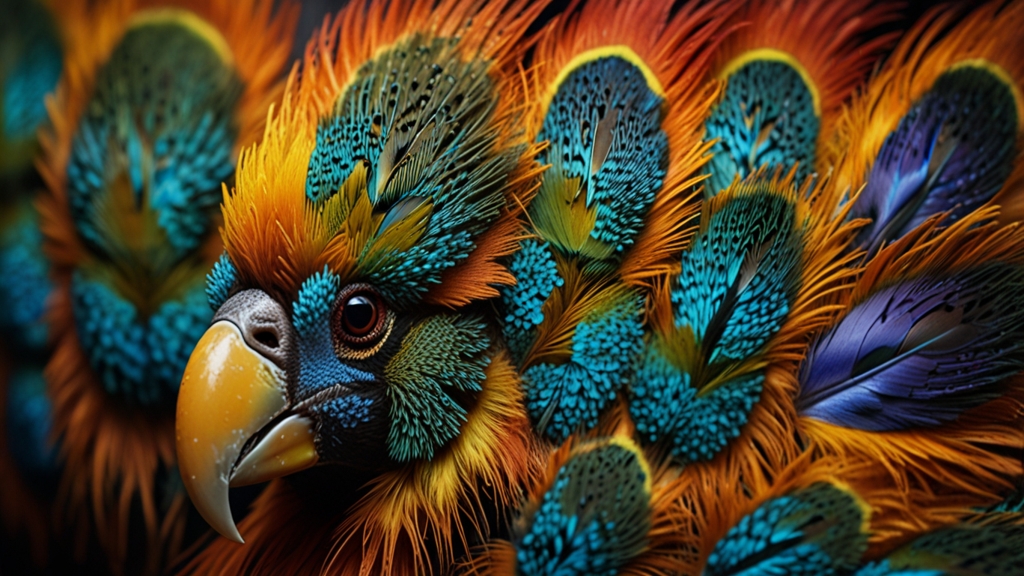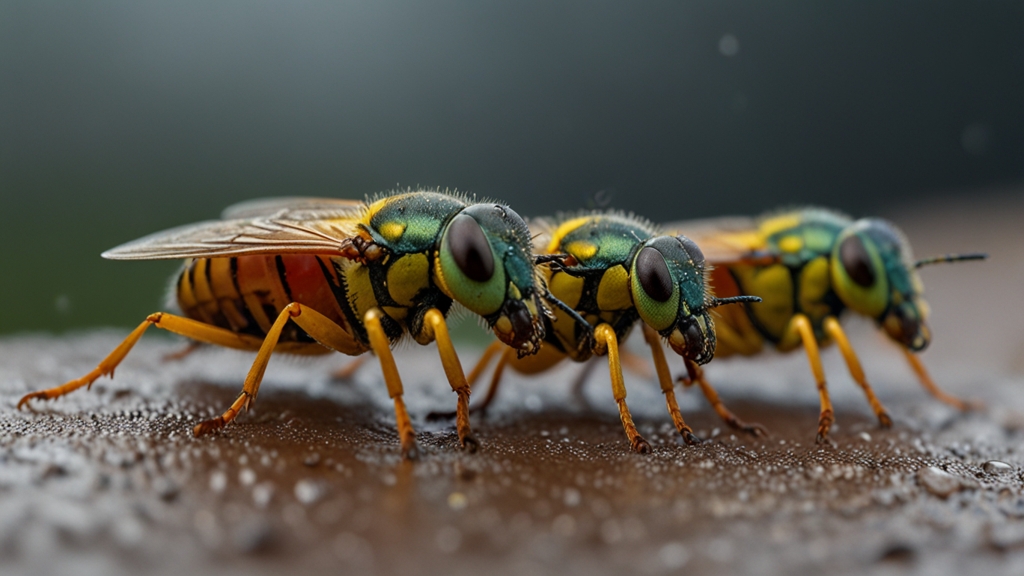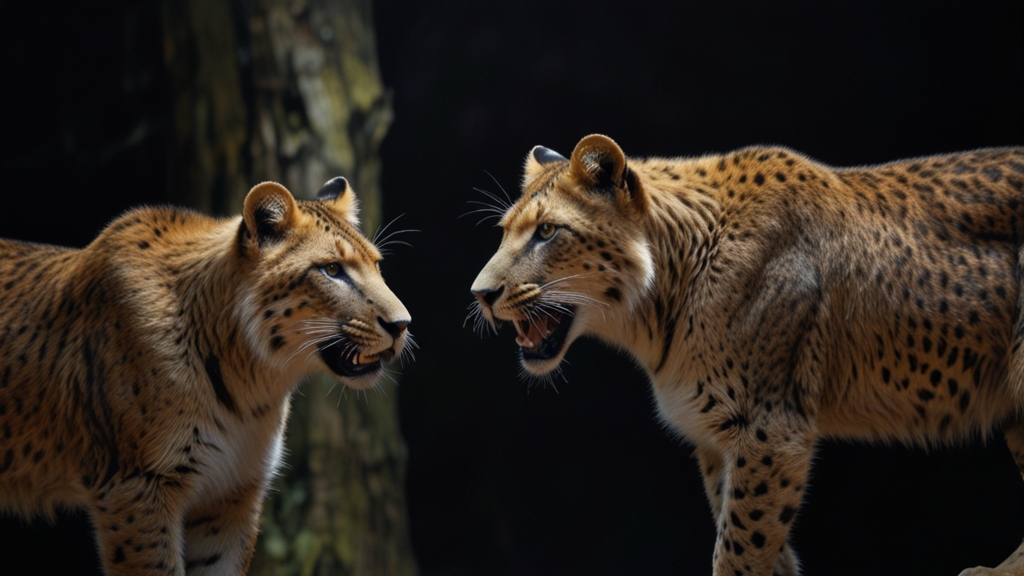The Astonishing Size of the Goliath Frog: A Record-Breaking Wonder
In the diverse kingdom of amphibians, one creature stands out not only for its unique features but also for its extraordinary size. The Goliath Frog (Conraua goliath), true to its name, is a colossus among frogs. Native to the rainforests of Central Africa, this amphibian giant commands attention and fascination from scientists and nature enthusiasts alike.
Physical Characteristics of the Goliath Frog
The sheer size of the Goliath Frog is what primarily sets it apart. Adult Goliath Frogs can grow up to an astounding 32 centimeters (12.6 inches) in length from snout to vent, and weigh as much as 3.3 kilograms (7.3 pounds). Their large, bulging eyes and robust bodies make them easy to recognize, and their powerful legs provide exceptional jumping capabilities, a necessity for both evading predators and securing food.
"The Goliath Frog is a living paradox: its enormous size contrasts starkly with its exceptionally low profile in terms of vocalization. Unlike many frogs, it is remarkably silent, relying on its size and strength rather than loud calls to establish territory." - Dr. Jane Stevens, Herpetologist
Habitat and Distribution
The Goliath Frog resides primarily in the fast-flowing rivers and waterfalls of the dense rainforests in western Cameroon and Equatorial Guinea. Their habitat is characterized by high humidity, abundant vegetation, and constant access to freshwater sources. These conditions are essential for their survival, providing both the environment for breeding and a plentiful supply of prey.
Due to their specialized habitat requirements, Goliath Frogs are extremely sensitive to environmental changes. Deforestation, pollution, and human encroachment pose significant threats to their populations. This sensitivity has led to concerns over their conservation status, currently listed as "Endangered" on the International Union for Conservation of Nature (IUCN) Red List.
Ecological Role and Diet
As apex amphibian predators, Goliath Frogs play a crucial role in their ecosystems. Their diet is diverse, including insects, crustaceans, fish, and other smaller amphibians. This varied diet helps maintain ecological balance, keeping the populations of various species in check.
"The Goliath Frog is a key indicator species within its ecosystem. Its health reflects the overall health of its environment, making it a critical focus for conservation efforts." - Prof. Linda Bennett, Ecologist
Interestingly, Goliath Frogs exhibit unique adaptations to their niche. Their larvae are herbivorous, feeding on specific aquatic vegetation that only grows in their habitat. This dietary shift from herbivorous tadpoles to carnivorous adults reflects remarkable adaptability and ecological specialization.
Reproduction and Lifespan
Goliath Frogs engage in fascinating breeding behaviors. During the breeding season, males utilize their impressive strength to construct nest-like structures out of stones and debris near water bodies. These nests become breeding sites where females lay their eggs. After fertilization, the eggs hatch into tadpoles, which undergo a lengthy metamorphosis period before emerging as fully developed frogs.
Despite their impressive size and strength, Goliath Frogs face a number of survival challenges. Predation by birds, reptiles, and even humans, who hunt them for food and the pet trade, significantly impacts their populations. As a result, their lifespan in the wild is typically around 15 years, although they can live longer in protected environments.
Conservation and Future Prospects
Efforts to conserve the Goliath Frog are ongoing, with various organizations working to protect their habitats and reduce human impact. Conservation strategies include establishing protected areas, enforcing regulations against poaching, and raising public awareness about the species' importance and endangered status.
"Preserving the Goliath Frog is not just about saving a single species; it's about maintaining the integrity of an entire ecosystem. These frogs are a symbol of nature's grandeur and the interconnectedness of all life forms." - Conservation International
The Goliath Frog stands as a testament to the incredible diversity of life on Earth. Its impressive size and unique ecological role underscore the importance of conservation efforts to ensure that this magnificent species, and the ecosystems it supports, continue to thrive for generations to come.
